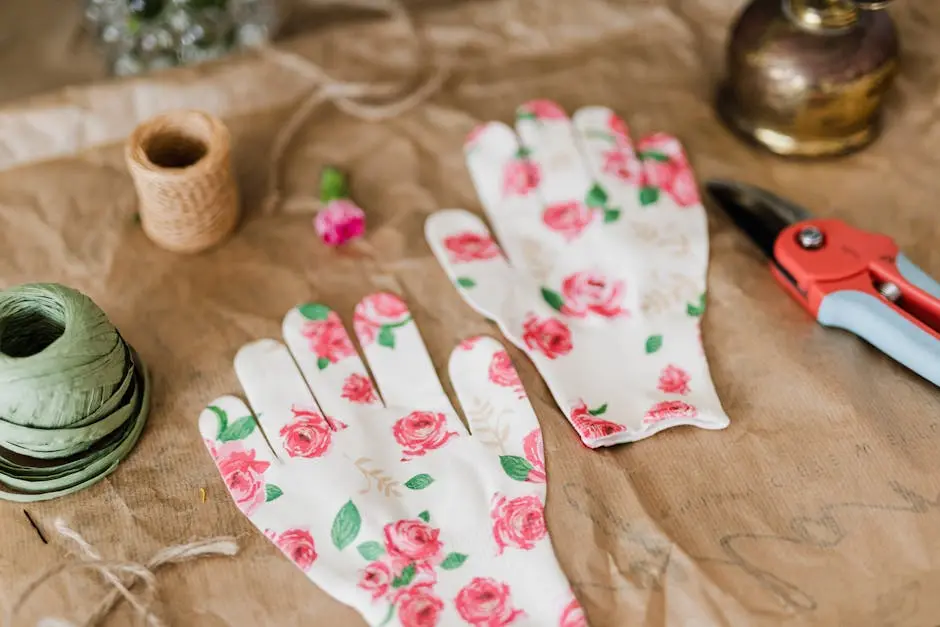Cleaning and Drying
Properly cleaning and drying your garden tools is key to their longevity. After each use, make sure to remove any dirt, debris, or sap from the tools using a brush or a damp cloth. This prevents rust and corrosion from building up on the metal surfaces, preserving the integrity of the tools over time.
For tools like pruners and shears, it’s essential to also disinfect the blades to prevent the spread of diseases between plants. A simple solution of rubbing alcohol or bleach diluted in water can be used to wipe down the blades before drying them thoroughly. By keeping your tools clean and dry, you ensure they remain in top condition for years to come.
Don’t forget about the wooden handles of your garden tools. To clean wooden handles, use a mild soap solution and a damp cloth to remove any dirt or grime. Once cleaned, allow the handles to air dry completely before storing them. This simple step can prevent the wood from rotting or warping, extending the life of your tools.
After cleaning, always make sure your garden tools are dried thoroughly before storage. Moisture encourages rust and can damage wooden components. One effective way to ensure dryness is by hanging your tools in a well-ventilated area or using a towel to dry them off completely. By maintaining a clean and dry storage routine, you protect your tools from unnecessary wear and tear.
Proper Storage
Proper storage of your garden tools is essential in maintaining their longevity. When not in use, store your tools in a dry environment to prevent rust and corrosion. A shed or a garage with good ventilation is an ideal location to keep your tools safe from the elements.
To prevent accidents and prolong the sharpness of cutting tools, such as pruners or loppers, consider investing in blade covers or sheaths. These protective covers not only keep the blades sharp but also protect you from accidental cuts when reaching for your tools. Organizing your tools on a pegboard or wall-mounted rack can also save space and keep them easily accessible.
For long-handled tools like rakes, shovels, and hoes, storing them off the ground can prevent bending or warping of the handles. Hanging these tools vertically on a rack or using hooks can help maintain their shape and functionality. Additionally, regular inspection of your storage area for any signs of pests or moisture can prevent damage to your tools over time.
When storing smaller hand tools like trowels, weeders, and hand pruners, consider using a dedicated toolbox or a garden caddy. This not only keeps your tools organized but also protects them from getting lost or damaged. Remember, proper storage not only prolongs the lifespan of your garden tools but also saves you time and effort in the long run.
Regular Maintenance
Regular maintenance is the key to ensuring your garden tools last for many seasons. Sharpening the blades of cutting tools like pruners, shears, and knives is crucial for clean cuts and healthy plants. A sharpening stone or a file can be used to maintain a sharp edge on the blades, making your gardening tasks efficient and effective.
In addition to blade maintenance, lubricating moving parts of tools such as hedge trimmers or loppers can prevent rust and ensure smooth operation. Applying a light coat of oil to pivot points and springs keeps the tools functioning properly and extends their usability. Remember to wipe off any excess oil to prevent attracting debris that could affect the tool’s performance.
Inspect your garden tools regularly for signs of wear, damage, or loose parts. Tighten screws, nuts, and bolts as needed to keep the tools in good working condition. If you notice any cracks in wooden handles or signs of corrosion on metal parts, address them promptly to prevent further damage. By staying proactive with maintenance, you can enjoy using your garden tools for years to come.
Taking the time to care for your garden tools through proper cleaning, storage, and maintenance is an investment in the longevity of your equipment. By following these simple steps, you can ensure that your tools remain reliable, sharp, and ready for all your gardening tasks. Remember, a little care goes a long way in preserving the quality of your garden tools.


